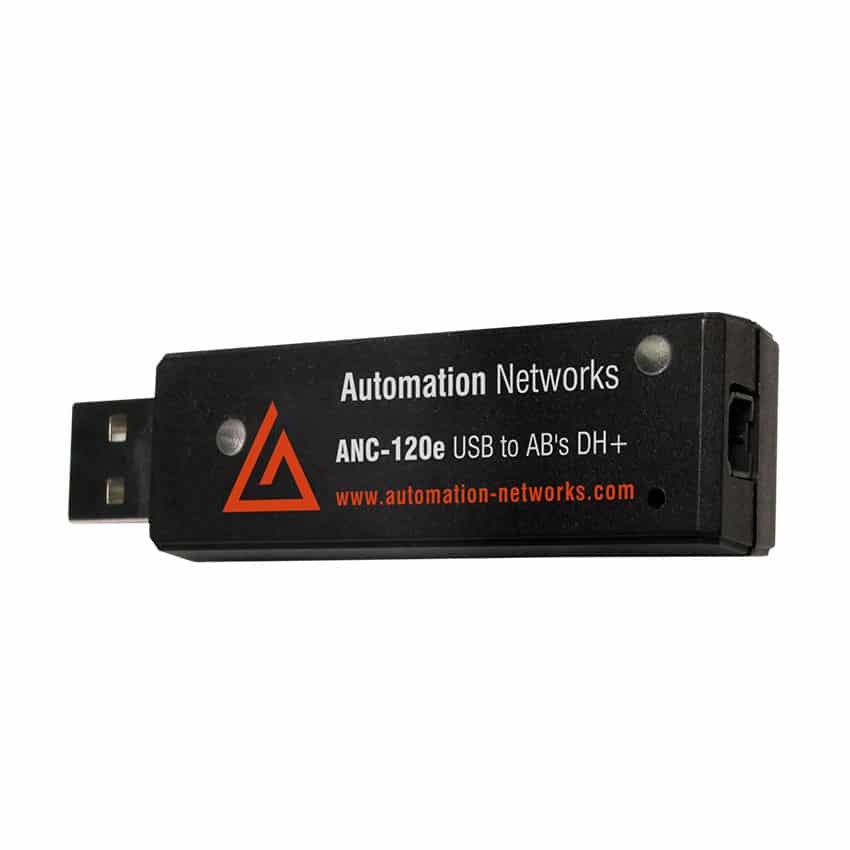Profinet vs Ethernet/IP
Profinet and Ethernet/IP are both industrial Ethernet communication protocols used in automation and control systems, but they are developed by different organizations and have some distinct features and applications. Here’s a comparison between the two:
Profinet
- Origin and Development:
- Profinet is developed by PROFIBUS & PROFINET International (PI). It is widely used in Europe and globally in automation technology.
- Protocol Structure:
- Based on standard Ethernet, Profinet uses TCP/IP for non-time-critical data and Real-Time (RT) Ethernet for time-critical data. It also offers Isochronous Real-Time (IRT) communication for highly demanding applications (like motion control) where timing precision is critical.
- Performance:
- Profinet is known for its high-speed data transfer and real-time capabilities. It can support IRT with cycle times as low as 31.25 microseconds.
- Configuration and Diagnostics:
- Features extensive and sophisticated diagnostic capabilities.
- Offers a flexible and comprehensive network configuration, typically using engineering tools like TIA Portal from Siemens.
- Interoperability:
- Provides seamless integration with PROFIBUS networks, allowing a mixed architecture with both Profinet and PROFIBUS devices.
- Applications:
- Often favored in complex automation systems, particularly those that require precise synchronization and fast data exchange, such as in automotive manufacturing, robotics, and motion control applications.
Ethernet/IP
- Origin and Development:
- Developed by the Open DeviceNet Vendor Association (ODVA) and is widely used in North America and globally. It is especially prevalent in systems using Rockwell Automation/Allen-Bradley products.
- Protocol Structure:
- Also based on standard Ethernet, Ethernet/IP uses TCP/IP and UDP/IP (User Datagram Protocol/Internet Protocol) for transmitting data. It integrates the Common Industrial Protocol (CIP) for industrial automation applications.
- Performance:
- Offers real-time capabilities, although typically not as fast as Profinet’s IRT for ultra-high-speed requirements.
- Configuration and Diagnostics:
- Supports comprehensive diagnostics, but the tools and approach might differ from Profinet.
- Network configuration can be done using Rockwell’s integrated engineering tools.
- Interoperability:
- Designed for interoperability with other CIP networks like DeviceNet and ControlNet.
- Applications:
- Commonly used in a broad range of industrial applications, including manufacturing, process control, and other applications where integration with Rockwell Automation products is beneficial.
Key Differences
- Protocol Foundation: Both use Ethernet but differ in the specific real-time extensions and protocols (IRT for Profinet and CIP for Ethernet/IP).
- Preferred Geographical Use and Integration: Profinet is more common in Europe and in systems where PROFIBUS integration is required, while Ethernet/IP is prevalent in North America and in environments with a strong presence of Rockwell Automation equipment.
- Real-Time Performance: Profinet generally offers faster real-time performance, particularly with its IRT feature, making it suitable for high-speed and precision-demanding applications.
Both Profinet and Ethernet/IP are powerful and capable protocols for industrial automation, and the choice between them often depends on the specific requirements of the application, existing infrastructure, and regional preferences.
ANC-100e Ethernet IP to AB's DH+ Converter
The Automation Networks ANC-100e communicates with all SCADA, HMI, PLC programming with direct Ethernet/IP access to the DH+ network and stations.
ANC-100e has similar replacement features as the Controllogix 1756-DHRIO / 1756-ENBT, and AB 1784 Interface Cards: 1784-U2DHP, 1784-KTx, 1784-PKTx, 1784-PCMK and Prosoft AN-X2-DHRIO Converters.
$1,295 USD List. Jan. 1, 2024
ANC-120e USB to AB's DH+
The ANC-120e works with all SCADA, MMI, PLC programming packages installed on your PC with USB direct access to the DH+ network and stations. These packages include RSLINX/LOGIX Classic & Enterprise with RSLOGIX 5/500, Wonderware DAServer & TCP/IO Server, Citect, and Kepware using Controllogix Ethernet/IP Drivers.


